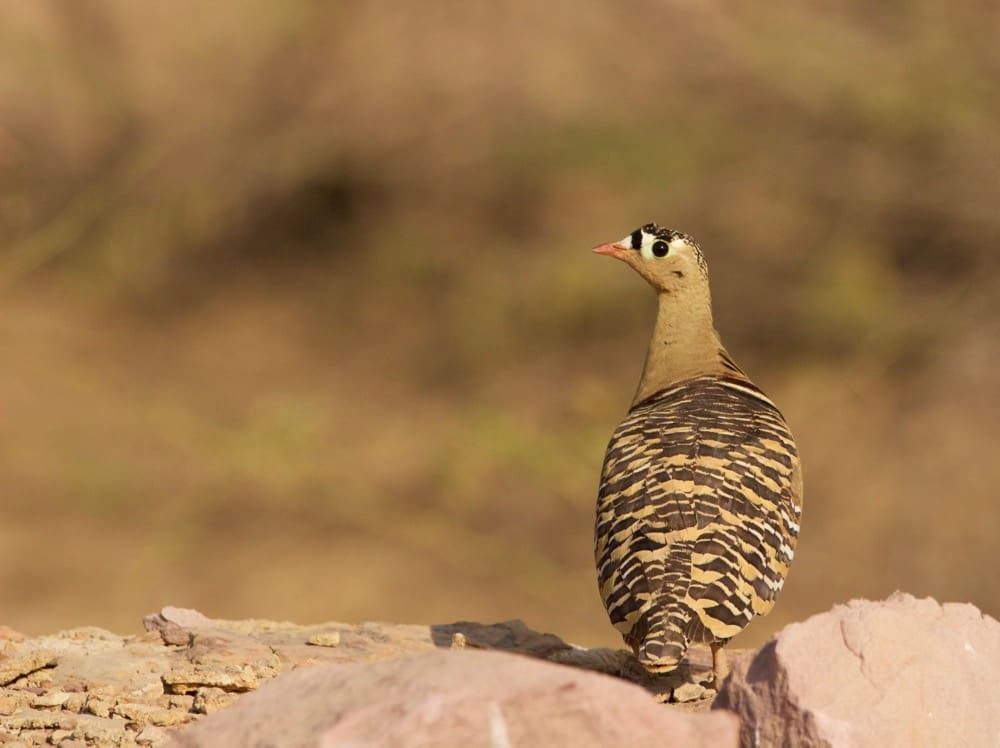
Kutch Diaries – Spying on the elusive Desert Cat
Now you see it, now you don’t. Whether it is stalking prey or just being scarce, the Desert Cat is an elusive customer that inhabits the magical landscape of Banni Grasslands. Continue reading Kutch Diaries – Spying on the elusive Desert Cat



